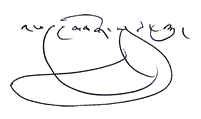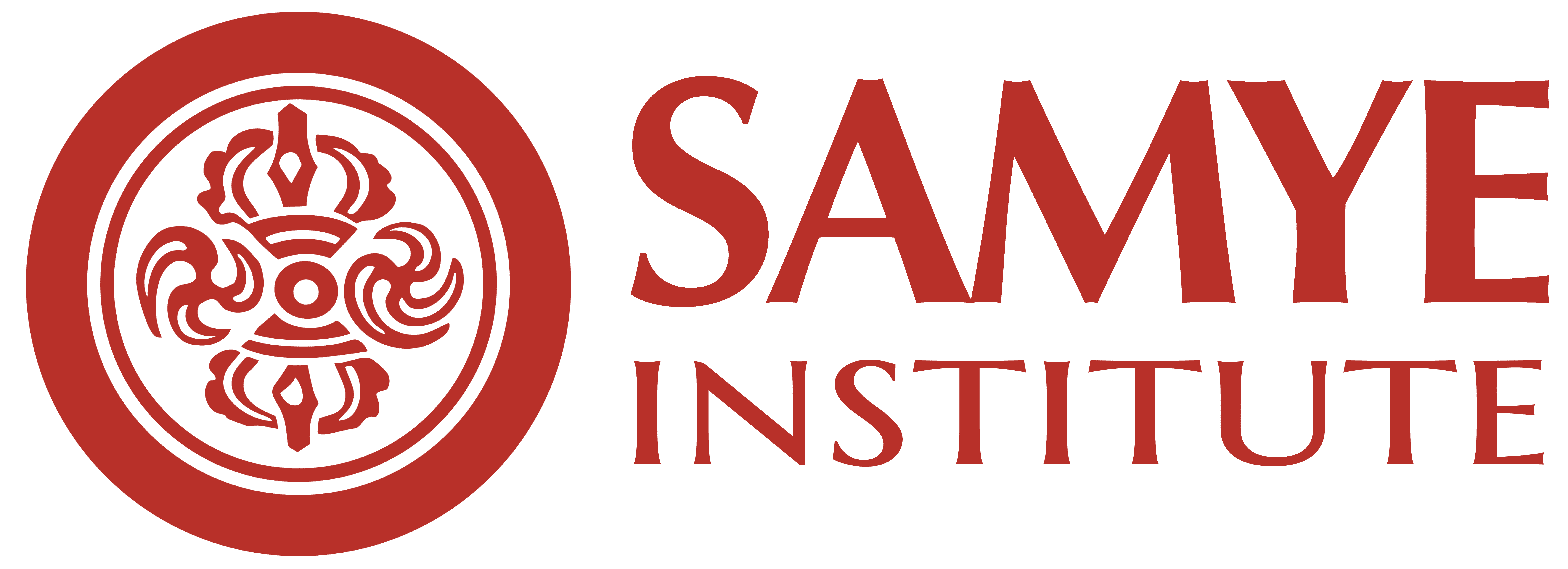Dear friends near and far,
As always, I hope this message finds you well, healthy and happy. Today’s Guru Rinpoche day is the anniversary of Guru Dorjé Drolö, the Guru of Vajra Wrath Who Blazes Beyond Wisdom. On this special day, I would like to share with you some insights on the meaning and purpose of the three yanas, or three-vehicle system: the Foundational Vehicle (Theravada), Great Vehicle (Mahayana), and Secret Mantra Vehicle (Vajrayana). Nowadays, people often explain the differences between these three as cultural, linguistic, or historical differences. My own understanding, however, is that the three yanas are three stages towards healing the human mind, or, in Dharma terminology, three steps towards cleansing the obscurations that keep us from achieving ultimate realization.
The first yana, the Theravada emphasizes negative behavior (the karmic obscuration) and negative thoughts and emotions (the afflictive obscuration) as the target of transformation. Theravada teaches that all negative action and emotions, such as the three poisons and so on, come from ego-clinging. Therefore, uprooting ego-clinging is the main objective of Theravada, and the basis of the entire Buddhist path of transformation.
Second, in the Mahayana, the main target of transformation is dualistic fixation (the cognitive obscuration). When teaching the Mahayana, Buddha Shakyamuni therefore emphasized emptiness meditation, or meditation beyond mindfulness, free from the duality of subject and object.
Finally, the Vajrayana directly targets the fourth obscuration —the root of the first three— for transformation. This fourth obscuration is the first movement of thought, or first stirring of the mind (the obscuration of habitual tendencies). The Vajrayana path aims to transform this obscuration through realization of the pure, basic nature from which everything arises.
In this way, the three yanas form the pathway to healing our disease. As an analogy, if your liver is unhealthy, you might also get headhaches. Theravada aims to cure the headache, which is a symptom. Mahayana cures the immediate cause, in this case the liver disease. Vajrayana goes further and targets the subtler, more profound causes of the liver disease—let’s say, inflammation in the body. In this analogy, the Vajrayana path would consist in curing the inflammation at the cellular level, which is the root cause of the illness and all its symptoms.
Therefore, though there might be cultural, linguistic, and historical differences between the three yanas, to explain them solely in that way completely misses the stated point of these teachings, while imposing our own subjective perspective on the Buddhist path. However, from the perspective of the yanas, it is clear that they together form a path of transformation that leads to the realization of the true nature. Therefore, I see all three yanas as interconnected, and equally important to understand. They all originate from the blessings and guidance of Maha Guru Padmasambhava’s teachings.
The second point I wish to make is that each yana was taught to a certain audience for a specific purpose. In the Theravada, to begin with, karmic cause and effect is heavily emphasized. In this context, Buddha declared: “I cannot wash your negative actions away with my hands, nor can I transfer my realization onto you. I can only show you the path of transformation, and it is up to you whether or not you follow it.” This was Buddha’s stance in the Theravada context, because his main point was the importance of taking responsibility for one’s actions. Here, the Buddha was teaching beings that they could change, and therefore had to take responsibility for themselves. He taught us that we could be our own protector, or our own enemy.
In the Mahayana, the main emphasis is on the mind, and on compassion and bodhichitta. These are considered so important that they are sufficient to reduce and even eliminate negative karma. That is why Shantideva wrote that just an instant of genuine bodhichitta could purify eons of negative karma. This shows very clearly that mind is chief, and therefore compassion and bodhichitta are stronger than karma. Thus, the focus of the teachings shifted between the Theravada and the Mahayana, because the audience also changed. At the very beginning, we do not see the importance of the mind, and the focus is therefore mostly on outward behavior. However, once we have practiced along the path, the primary role of the mind becomes clear. That is when we can start benefitting from the Mahayana teachings on transforming the mind. The Vajrayana teaches about the nature of mind, the true buddha, and its blessings. Here, it’s crucial to understand that when we say ‘buddha,’ we mean the complete absence of ego and dualistic fixation, which also means the total absence of karma and negative thoughts and emotions. This is what we call buddha: completely enlightened, innate wisdom.
Vajrayana teaches that buddha is all-powerful because it is ultimate, unchanging truth. Everything else is relative, and delusional. This is why in Vajrayana, there is so much emphasis on buddha’s blessings, limitless compassion, and wisdom beyond duality. Non-dual wisdom and compassion can transform everything because they are the very nature of reality. Thus, we are not talking about the blessings of one particular person who lived at some point in time. This is a complete misunderstanding, and very misleading. We are speaking of the blessings of the ultimate truth.
Therefore, Vajrayana emphasizes wisdom above all, and teaches about the blessings of wisdom, the true nature, which is transformation. This is also where the name ‘Vajrayana’ comes from: ‘vajra’ denotes the true nature, which is indestructible, the truth that the Buddha has taught us to realize. This is the ultimate buddha, which is inseparable from all infinite buddhas of the past, present and future, as well as all the bodhisattvas, dakinis, and deities of the Vajrayana. When you know this, you understand what is meant by the buddha’s blessings.
Thus, the shift in emphasis from one yana to the next illustrates the process of transformation: First, with the Theravada teachings, we learn to take responsibility for our actions and our path. Next, the Mahayana teaches us how important the mind is, and how to transform it through purification and accumulation. Finally, the Vajrayana points out the pure nature of the mind, non-dual wisdom.
When you understand the context of these teachings, you also understand their perfect logic. There are no paradoxes in the Buddhadharma, because each teaching is tailored to the needs of individuals, each at their own level. However, when we try to analyze everything from a purely intellectual standpoint, without considering the practical aspect of the teachings, they seem paradoxical. I myself saw many paradoxes in the Buddhadharma in the past, but I have now gone beyond that limitation, due to the blessings of my gurus, the Dharma and Maha Guru Padmasambhava’s instructions, and due to my devotion towards my practice and my gurus. This is the combination of conditions we need for complete understanding, which I wish onto you on this day of Guru Dorjé Drolö, the Guru of Vajra Wrath Who Blazes Beyond Wisdom.
With all my love and prayers,
Sarva Mangalam.

Phakchok Rinpoche
Translations
Català
简体中文
繁體中文
Français
Deutsch
Ελληνικά
Bahasa Indonesia
Português
Русский
Español
Українська
ภาษาไทย
Tiếng Việt






Responses